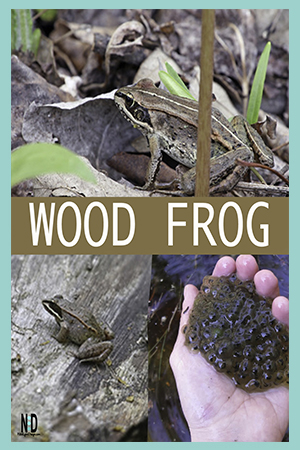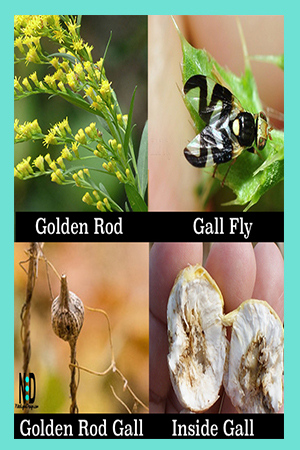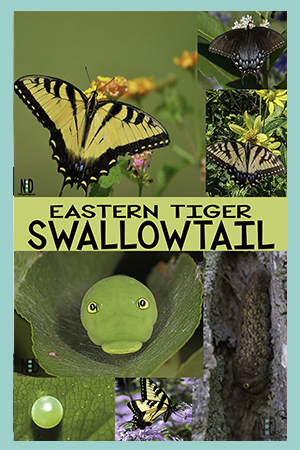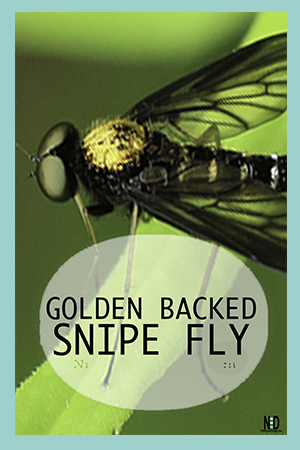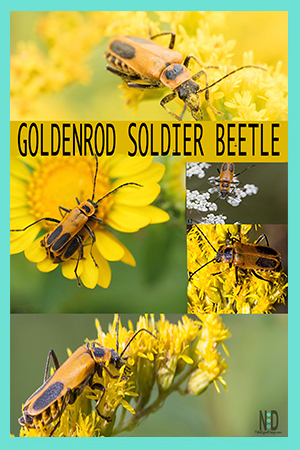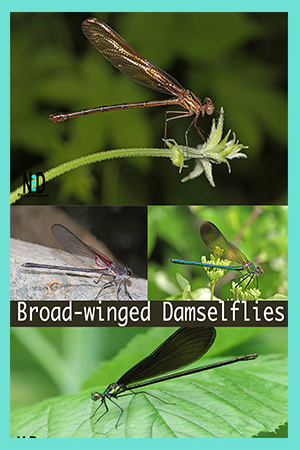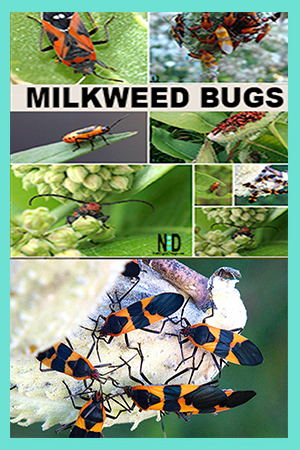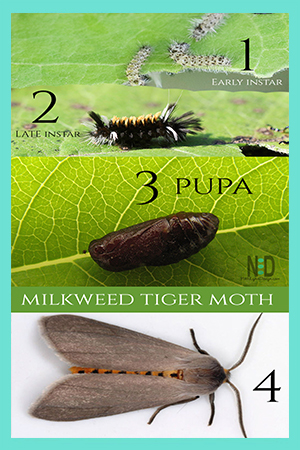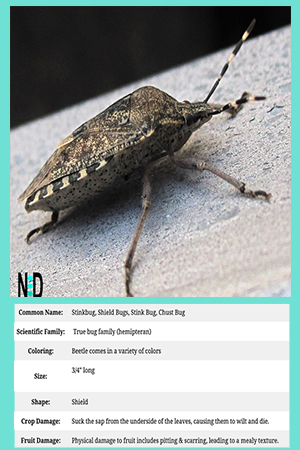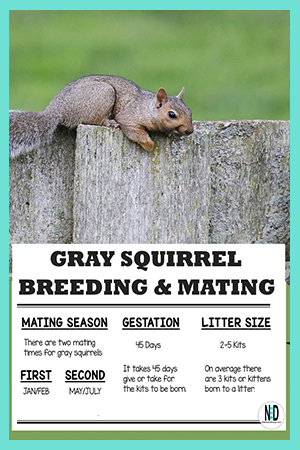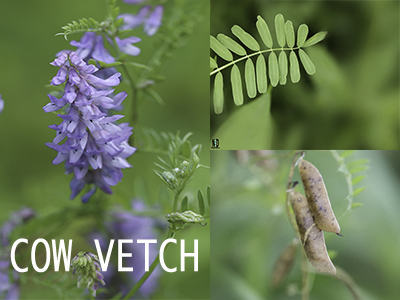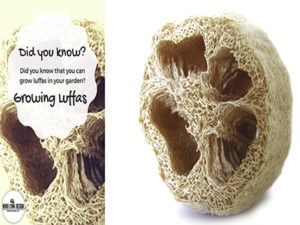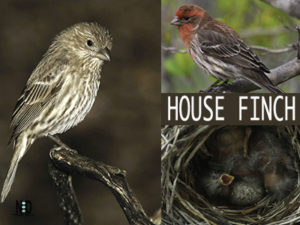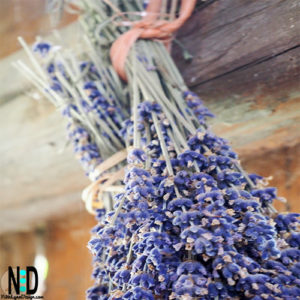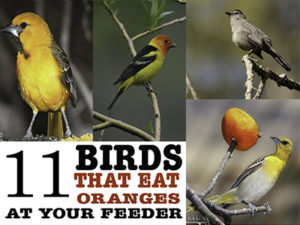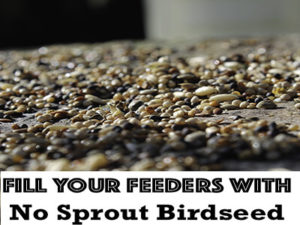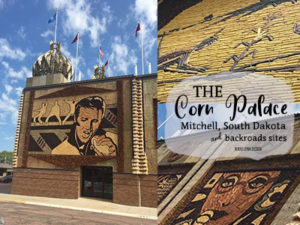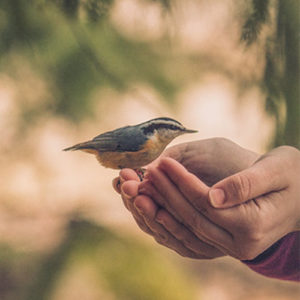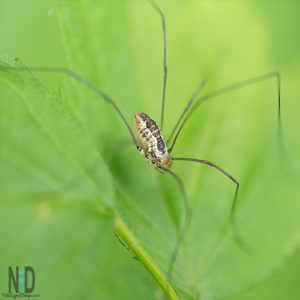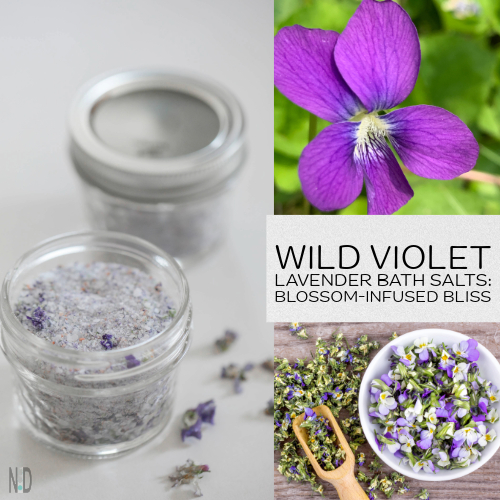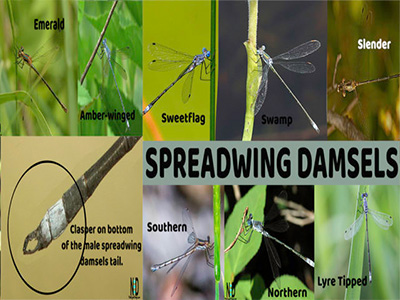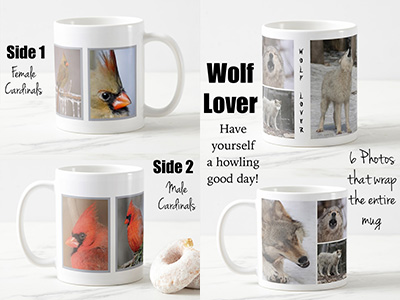Invasive Cow Vetch
Cow vetch is widely used as a forage crop for cattle and is beneficial to other plants because, like other leguminous plants, it enriches the soil in which it grows by its nitrogen-fixing properties. Although, it is considered an invasive plant in many areas.
Cow vetch is native to Europe and Asia It occurs on other continents as an introduced species, including North America, where it is a common weed.
If you have room in your garden this climber has pretty flowers that attract a variety of bees and butterflies.
The plant sends up cascading pea-flower-shaped purple and violet, with some shades of blue depending on the soil condition and flowers that bloom from late spring to late summer.
General Information About Cow Vetch
| Genus: | Vicia cracca |
|---|---|
| Family: | Pea Legume |
| Life cycle: | Annual or short-lived perennial |
| Origin: | Eurasia |
| Habitat: | Coarse, fine, & medium soils from the woods to the roadside |
| Bloom season: | June, July, August |
| Plant height: | 4 or more feet tall |
Common Names Vetch Goes By
- Vicia cracca
- Tufted vetch
- Cow vetch
- Bird vetch
- Blue vetch
- Boreal vetch
Cow Vetch Benefits
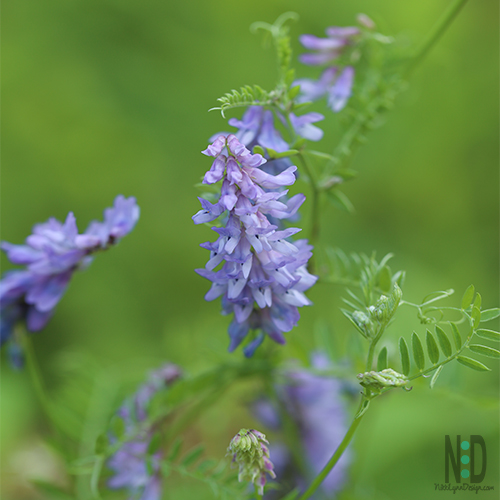
- Cow vetch is much appreciated by bees and butterflies as a source of nectar. A favorite of honey bees and mason bees.
- The plant may be used to curb erosion.
- Used as a food source for roaming cattle.
The nectar of the flowers provides food & host plants for butterflies and skippers like Silver-spotted Skipper, Gray Hairstreak, Crossline Skipper, Cross-lined Skipper, Eastern Tailed-Blue, Wild Indigo Duskywing, Painted Lady and many more.
.
The Downside of the Plant
- Potentially detrimental species in areas where it is not native.
- The vetch may crowd out native plants, especially in areas of disturbed soil where it may dominate plants.
- The seed pods produce plenty of seeds to keep the plant growing strong year after year.
Parts of The Common Weed
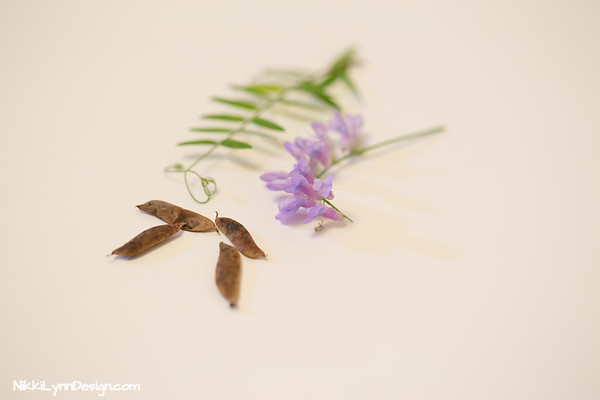
Above are all the parts of the cow vetch plant. Some of the seed pods are starting to ripen so I picked the seed and pulled the plant, this way it would not spread.
Ripe & Green Seed Pods
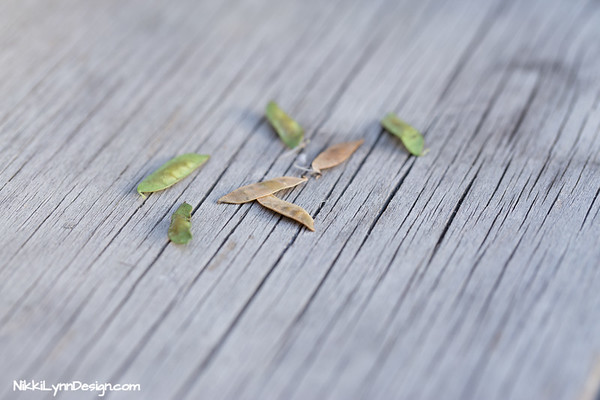
Unripened seeds are swollen and have a green tint to them, but they unswell when they become ripe.
The seed pods vary from light brown to dark brown with black spots.
Video Of Seed Pods in Fall
The seed pods ripen from July through September. and are 2 cm long and contain 6 to 8 seeds. They resemble those of a very small pea.
The tiny seeds within are ripe when the pods have turned a dark brown or black.
Soon the seed pods will break open and spread the seed for next year’s plants.
If you want to stop the seed from spreading, pick the seed pods or pull the plants.
Leaves of Cow Vetch Plant
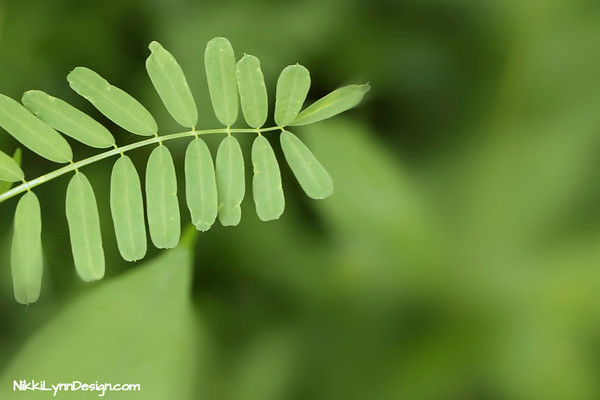
The leaves of cow vetch are long and oval in shape and face opposite of one another on a full stem. As the season grows on the plant sends out noose-like branched from the tips of its leaves.
When the tendril contacts another plant it will securely fasten itself by twining around suitable hosts. It is amazing that host plants are found by the only points of contact touching. The bad news is this can cause the strangling and choke out of smaller plants.
Sharing Is Caring. Pin Me.
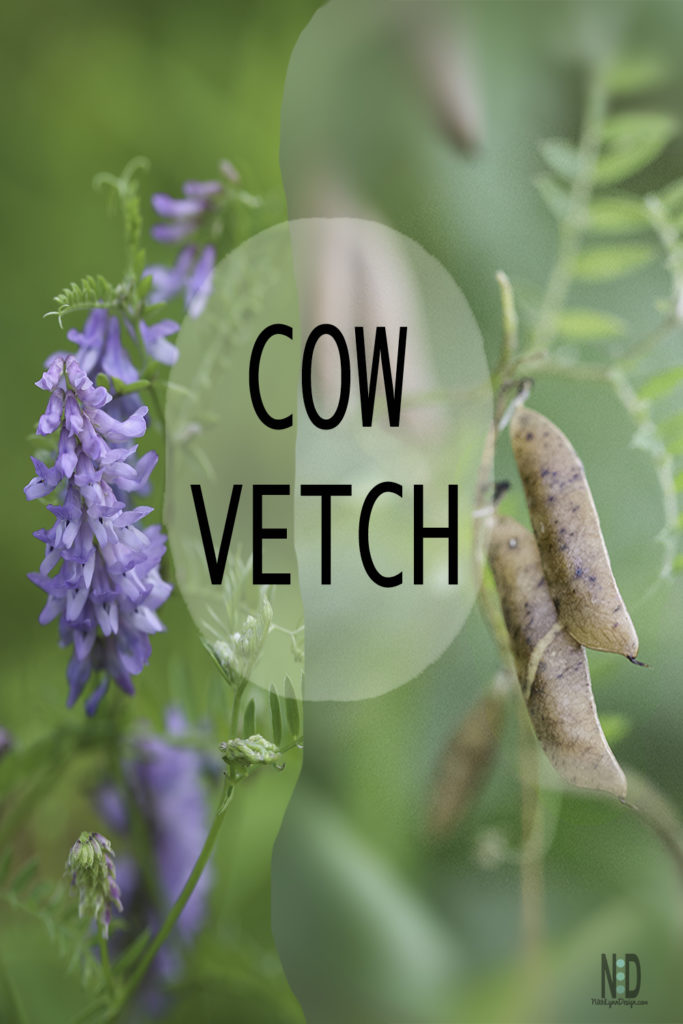
Wildflowers & Woodland Plants
March, April, May, June,
July, August, September
Additional Posts
